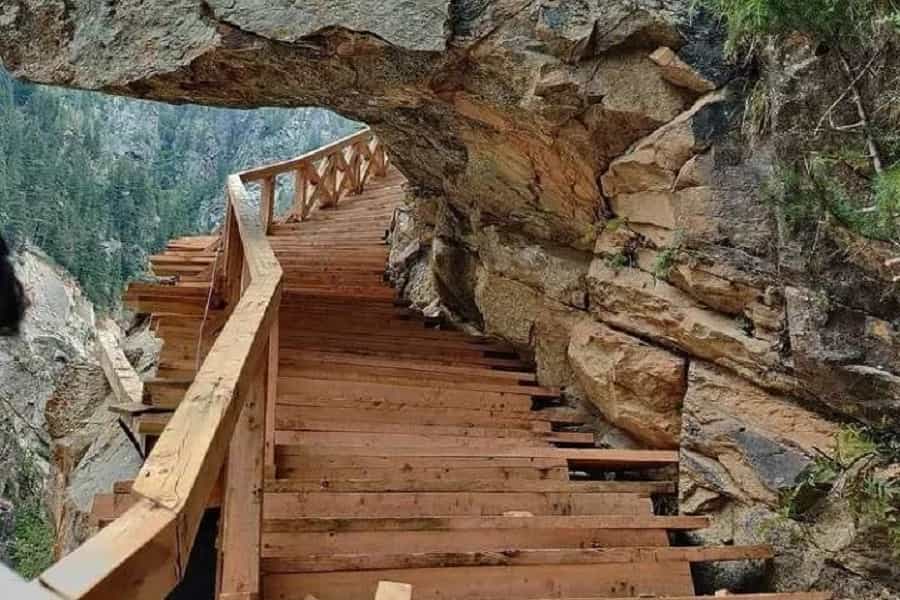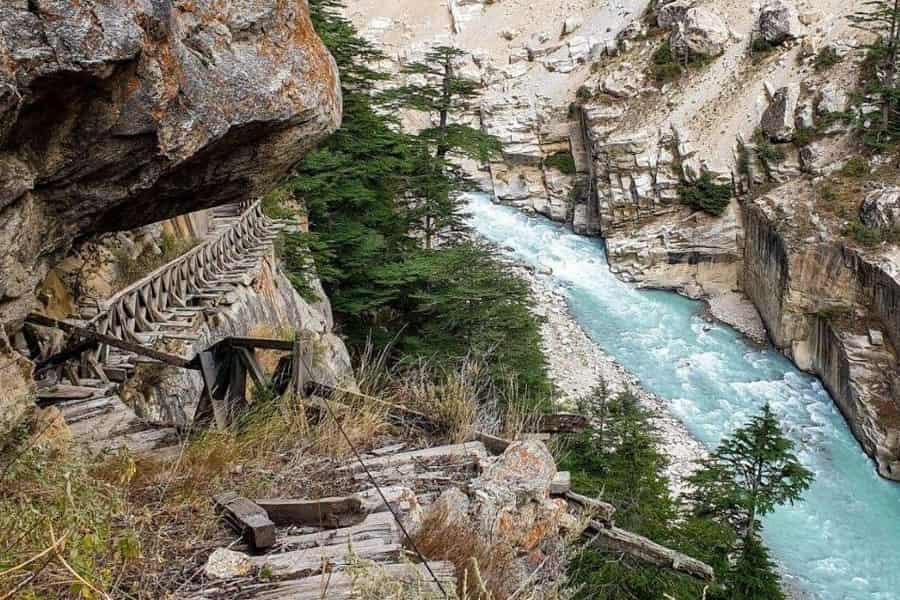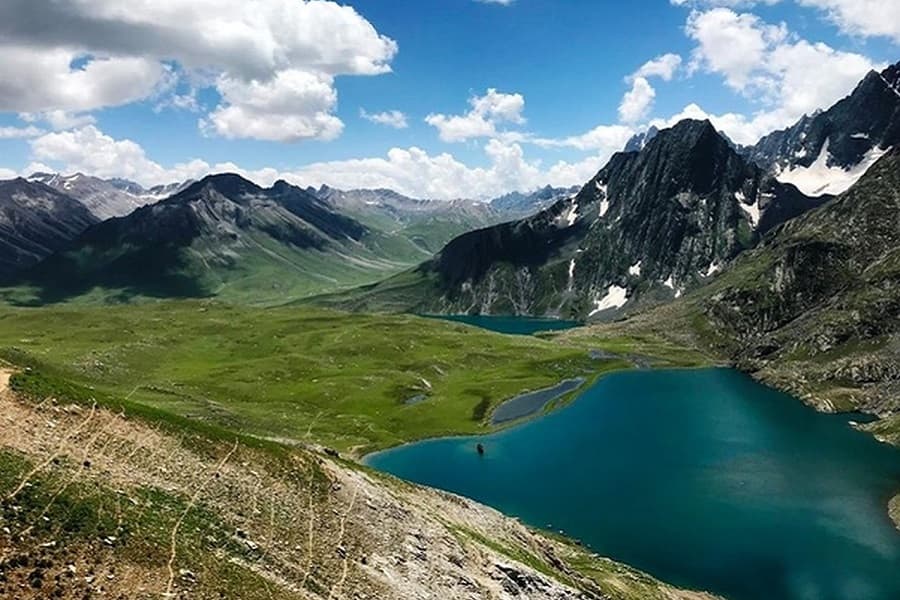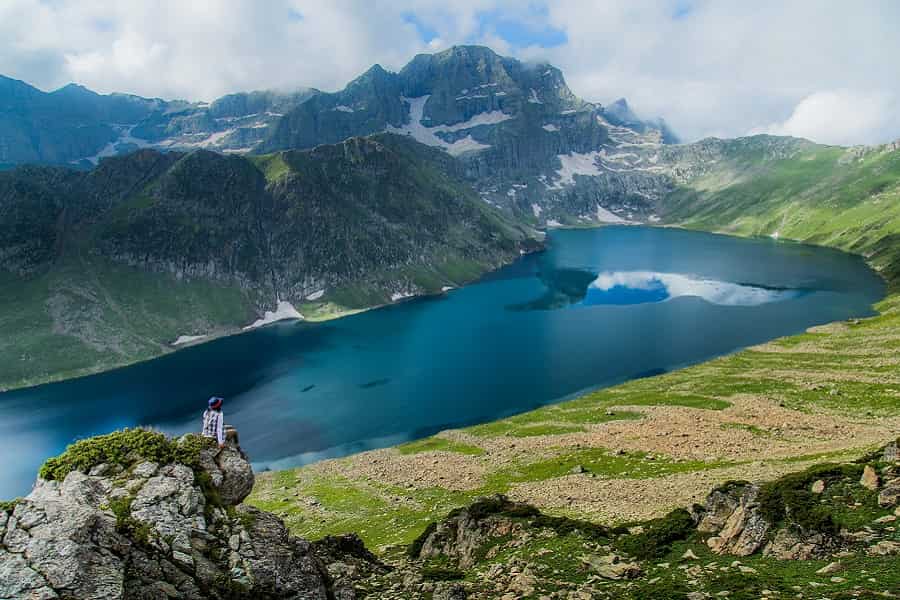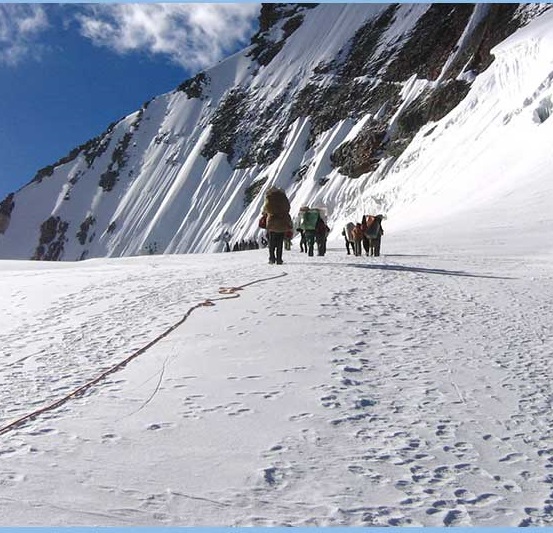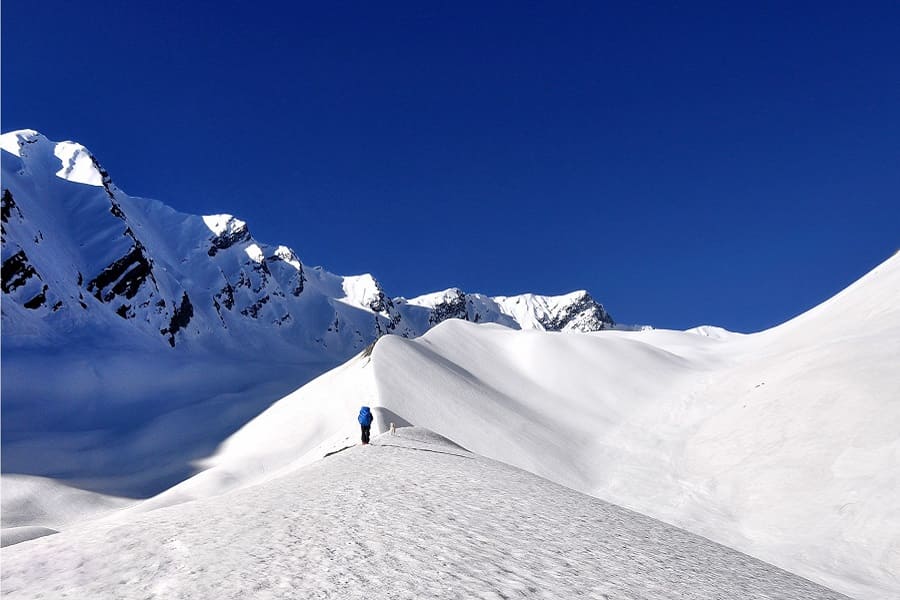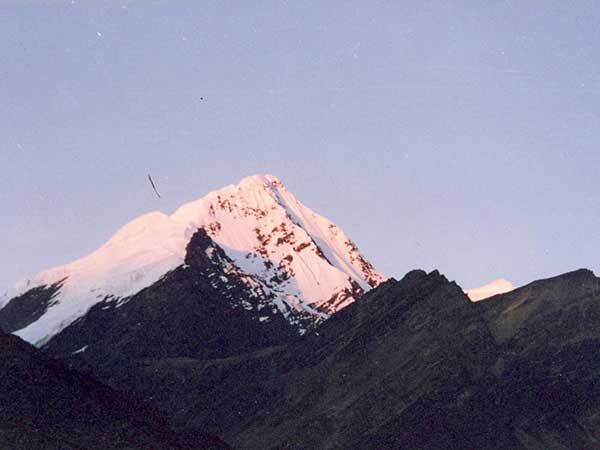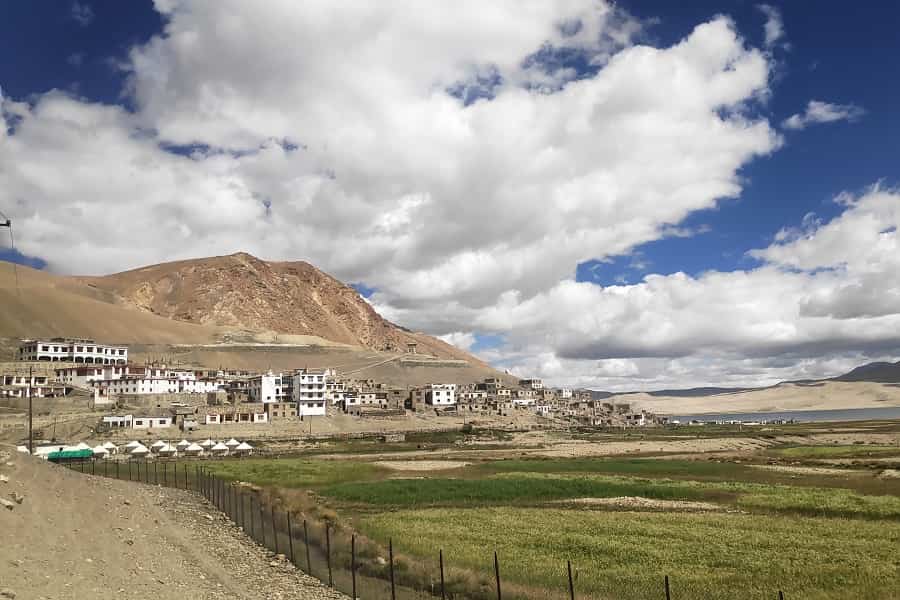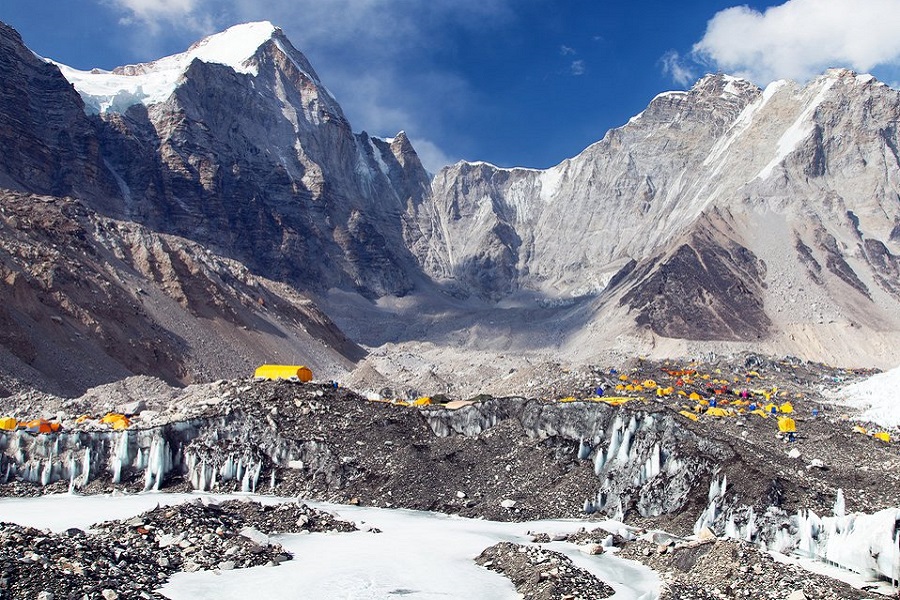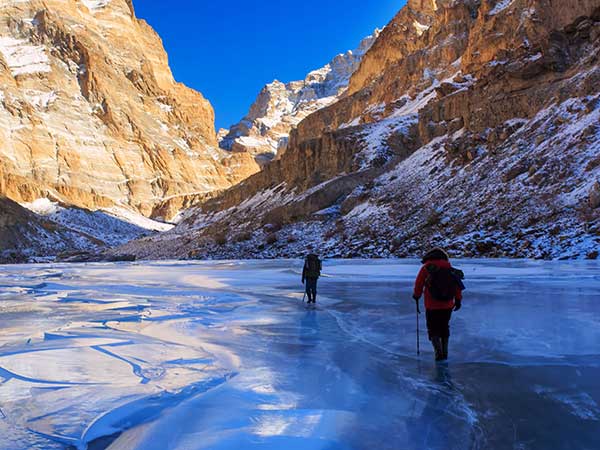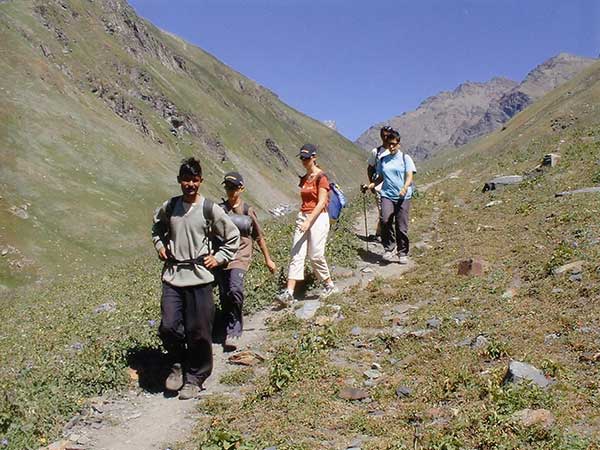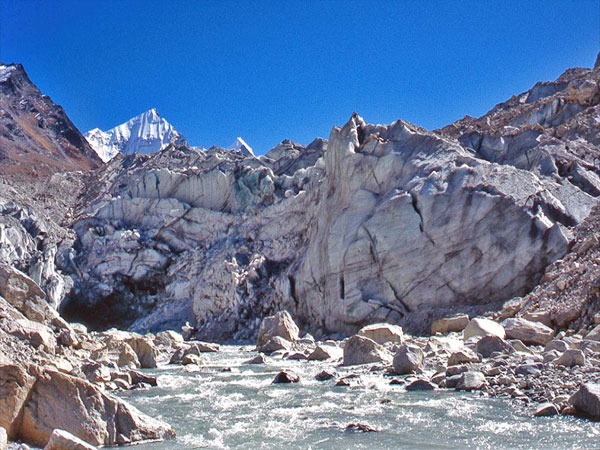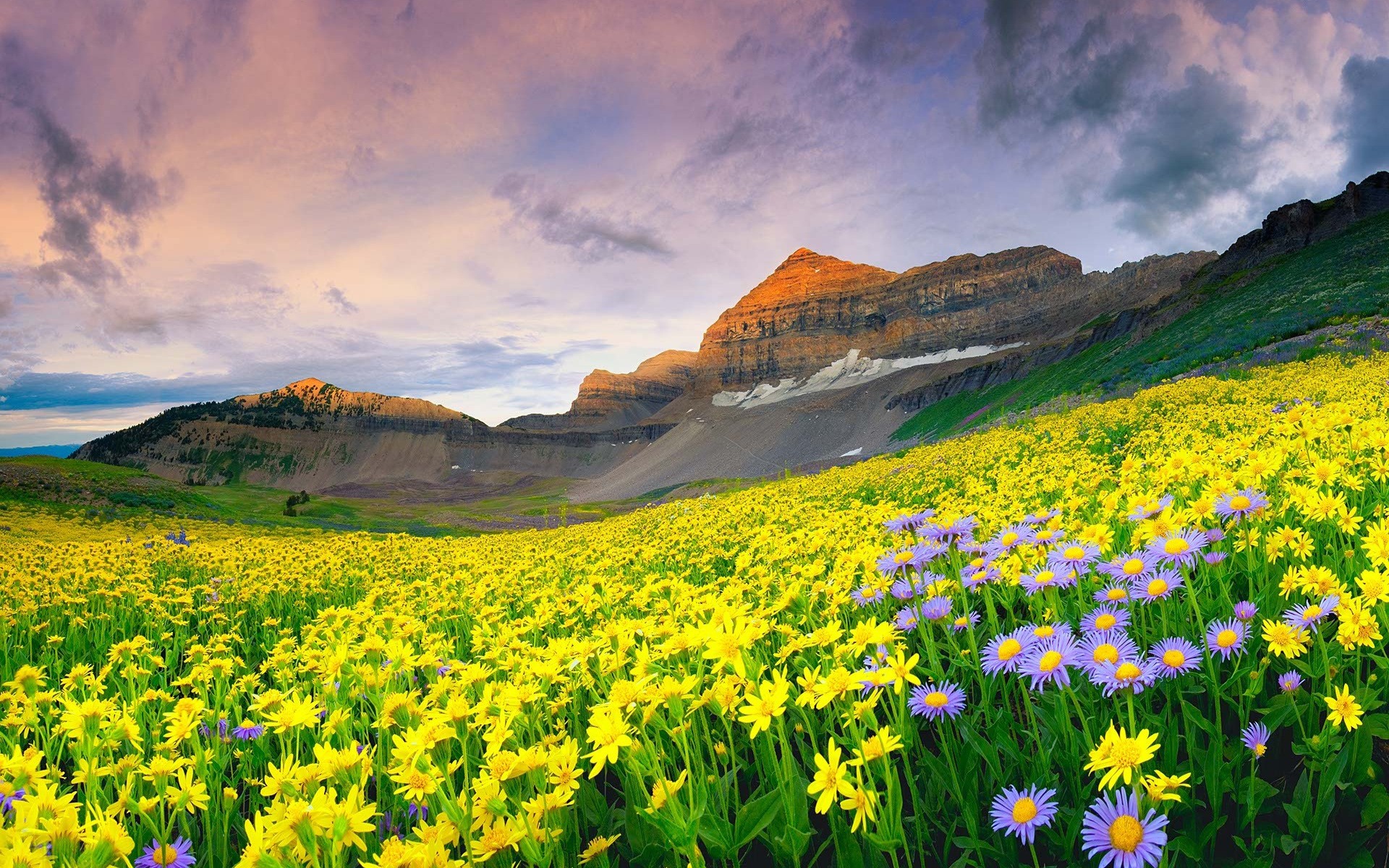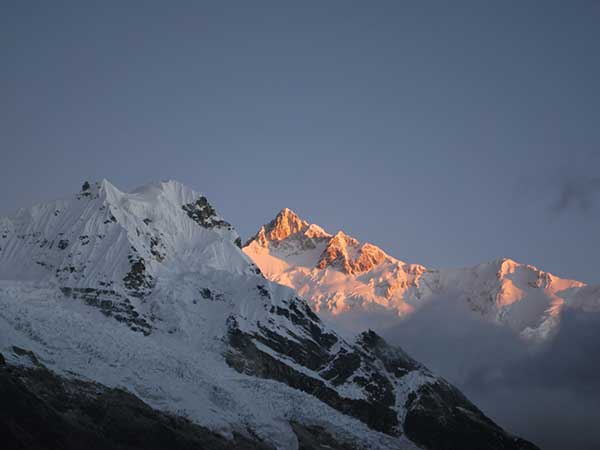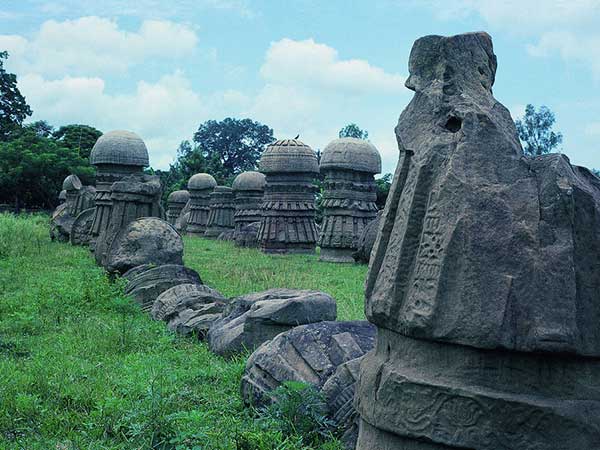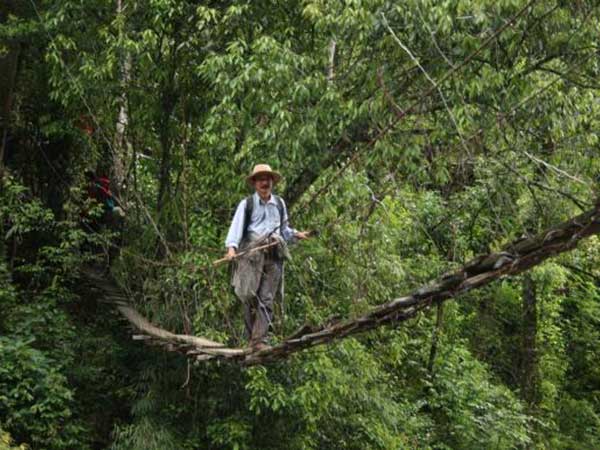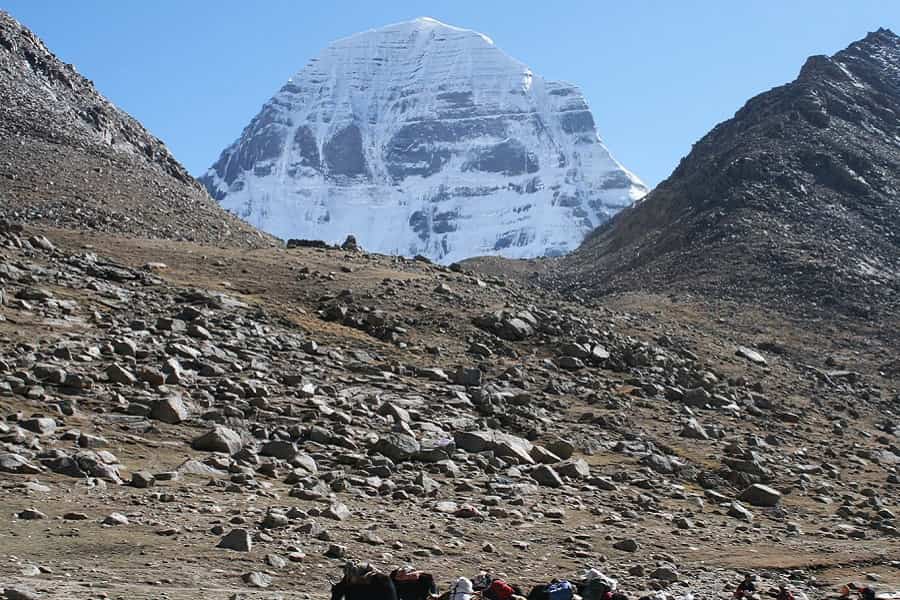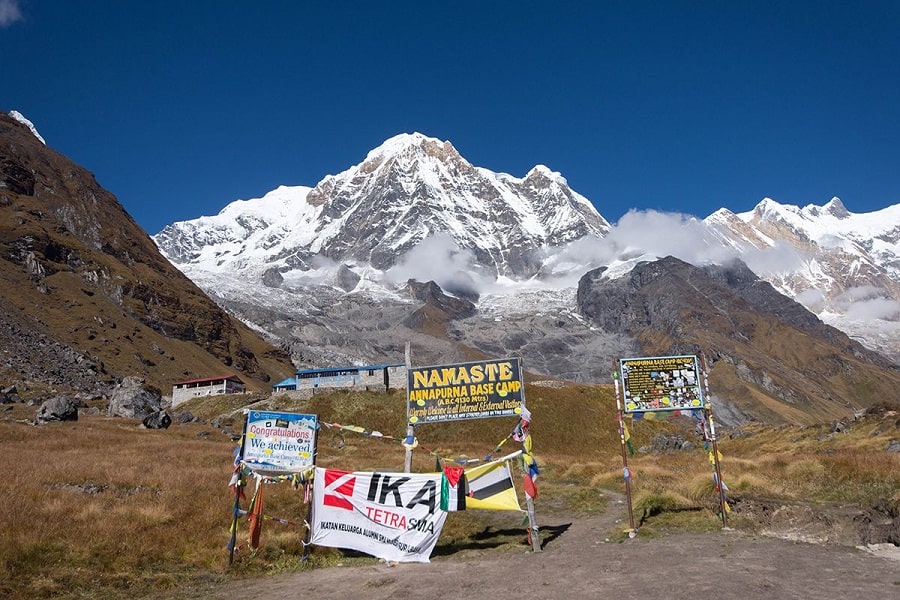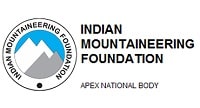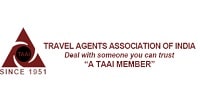Gartang Gali Bridge Trek itinerary
Day 01: Arrive Uttarkashi
On arrival at Uttarkashi, check-in to Shikhar Nature Resort on the bank of river ganga. Rest of the day at leisure.
Meal: Dinner
Day 02: Uttarkashi – Bhaironghati – Skywalk to Gartang Gali Bridge – Bhaironghati – Uttarkashi
Early morning after breakfast, drive to Bhaironghati which is 85 kms from the resort and it will take around 2 ½ Hrs to reach there. On arrival we will start our trek to Gartang Gali Bridge which 11,000 feet high and it is 2.5 Kms long trek and will take 3 ½ Hrs to reach the top.
After witnessing the beautiful view from the top, we will trek down to Bhaironghati (1 Hr) and drive back to Uttarkashi for an overnight stay.
Optional: We may go to Gangotri temple for darshan if time permits.
Meals: Breakfast | Packed Lunch | Dinner
Day 3: Uttarkashi Departments
Morning after relaxed breakfast, check-out from the resort and department to your onward destination.
Meal: Breakfast Only
Tour Highlight
Total Price of the trek:
|
Price based on 02 Pax traveling together
|
INR 7,800/- Per Person
|
Price Inclusions:
-
Accommodation for 02 nights in Shikhar Nature Resort.
-
Meal as per the itinerary.
-
Transportation from Uttarkashi to Uttarkashi.
-
Trek booking fees.
-
Local Guide for the whole trek.
Duration: 8 Day 7 Night
Places Covered:
Srinagar - Shitkadi - Nichnai - Vishnusar - Gadsar Pass - Satsar - Gangabal - Naranag - Srinagar
Duration: 7 Day 6 Night
Places Covered:
Srinagar - Pahalgam - Aru - Lidderwat - Shekwas - Tarsar - Sundersar - Homwas - Aru - Srinagar
Duration: 12 Day 11 Night
Places Covered:
Uttarkashi – Gangotri – Bhojbasa – Nandanvan – Vasukital – Khara Phathar – Khalindi Khal Base – Raj Parav – Arwatal – Ghastoli – Mana – Badrinath
Duration: 18 Day 17 Night
Places Covered:
Delhi - Rishikesh - Uttarkashi – Gangotri - Nala Camp – Rudragaira Base Camp - Auden’s Col Base Camp - Auden’s Col – Khatling Glacier - Zero Point - Chowki – Masar Tal - Vasuki Tal – Kedarnath - Gaurikund –
Duration: 15 Day 14 Night
Places Covered:
Delhi - Guahati - Tejpur - Bomdila - Chander - Changla - Poto - Lahap - Mago - New Maling - Jang - Tawang - Bomdila - Tejpur - Guwahati - Delhi
Duration: 12 Day 11 Night
Places Covered:
Leh - Rumtse - Kyamar - Tisaling - Shibuk - Ponganagu – Nuruchan - Kyamayuri La - Gyamar Barma - Kartse La – Gyamar - Yalung Nyau La – Korzok - Tasamoriri Lake Agea - Korzok - Leh - Delhi
Duration: 15 Day 14 Night
Places Covered:
Kathmandu-Lukla-Monjo-Namche Bazaar-Tengboche-Dingboche-Lobuche- Everest BC-Kalapathar-Pangboche-Namche Bazaar-Lukla-Kathmandu
Duration: 9 Day 8 Night
Places Covered:
Leh - Tilat Dho - Shingra - Tilat Dho - Tibb Cave - Nyerak Pullu - Lingshed - Nyerak Pullu - Tibb Cave - Shingra - Tilat Dho - Leh – Delhi
Duration: 21 Day 20 Night
Places Covered:
Delhi - Chandigarh - Manali - Manikaran - Pulga - Khirganga - Tunda Bhoj - Thakar - Pandu Bridge - Mantalai Lake - Camp 1 - Pass - Camp 2 - Chinpatta - Mud - Kungri - Rangrik - Kaza - Sichling - Tabo - Kalpa - Sangla - Sarahan - Shimla - Kalka - Delhi
Duration: 6 Day 5 Night
Places Covered:
Dehradun - Uttarkashi - Gangotri - Bhojbasa - Gaumukh - Tapovan - Chirbasa -Gangotri - Uttarkashi - Dehradun
Duration: 6 Day 5 Night
Places Covered:
Haridwar – Joshimath - Govindghat – Ghangaria – Hemkund Sahib – Govindghat – Joshimath – Haridwar
Duration: 16 Day 15 Night
Places Covered:
Kolkata - Bagdogra - Darjeeling - Pemayangtse - Yuksum - Bakhim - Tsoka - Dzongri - Thansing - Lamuney - Samiti Lake - Gochala - Samiti Lake - Lamuney - Thansing - Kokchurong - Tsoka - Yuksum - Gangtok - Bagdogra - Kokata
Duration: 9 Day 8 Night
Places Covered:
Kolkata - Dimapur - Kohima - Zakhma - Dzukou - Dzukou - Viswema - Japfu Base - Kohima - Dimapur - Kolkata
Duration: 17 Day 16 Night
Places Covered:
Kolkata - Dimapur - Kohima - Tuophema - Wokha - Mokokchung - Tuensang - Kuthur - Noklak - Pengsa - Chandang Sadal - Kiphire - Pongru - Salumi - Thanamir - Water point - Mt. Saramati Peak - Water Point - Thanamir - Salumi - Pongru - Kohima - Dimapur - Kolk
Duration: 14 Day 13 Night
Places Covered:
Kathmandu - Lhasa - Shigatse - Tingri - Saga - Lake Manasarovar - Dharchen - Dirapuk - Zuthulphuk - Saga - Keyroung - Kathmandu
Duration: 15 Day 14 Night
Places Covered:
Kathmandu - Pokhra - Tikhedhunga - Ghorepani - Poonhill - Tadapani - Chhomrong - Dovan - MBC - Arnapurna Base Camp - Dovan - Jhinu - Tolkha - Pokhra - Kathmandu
